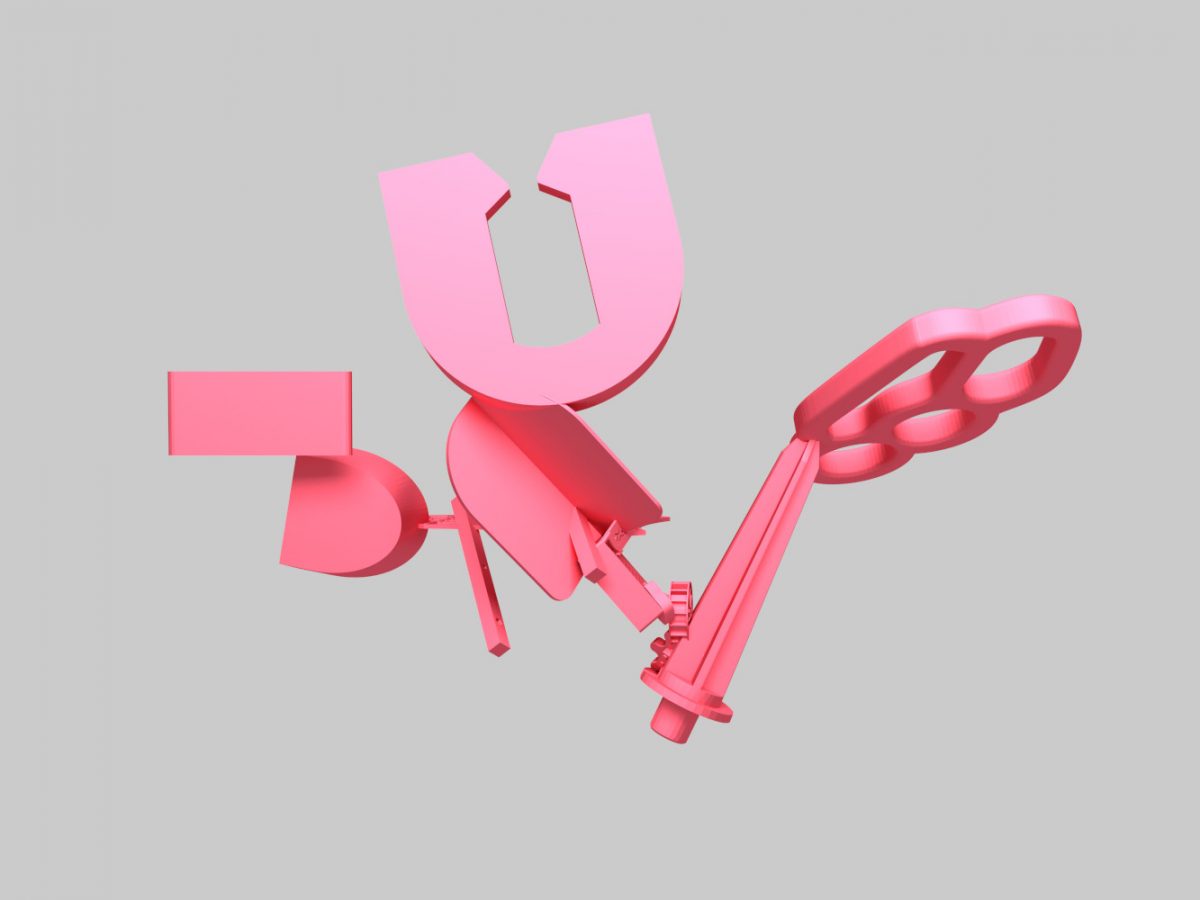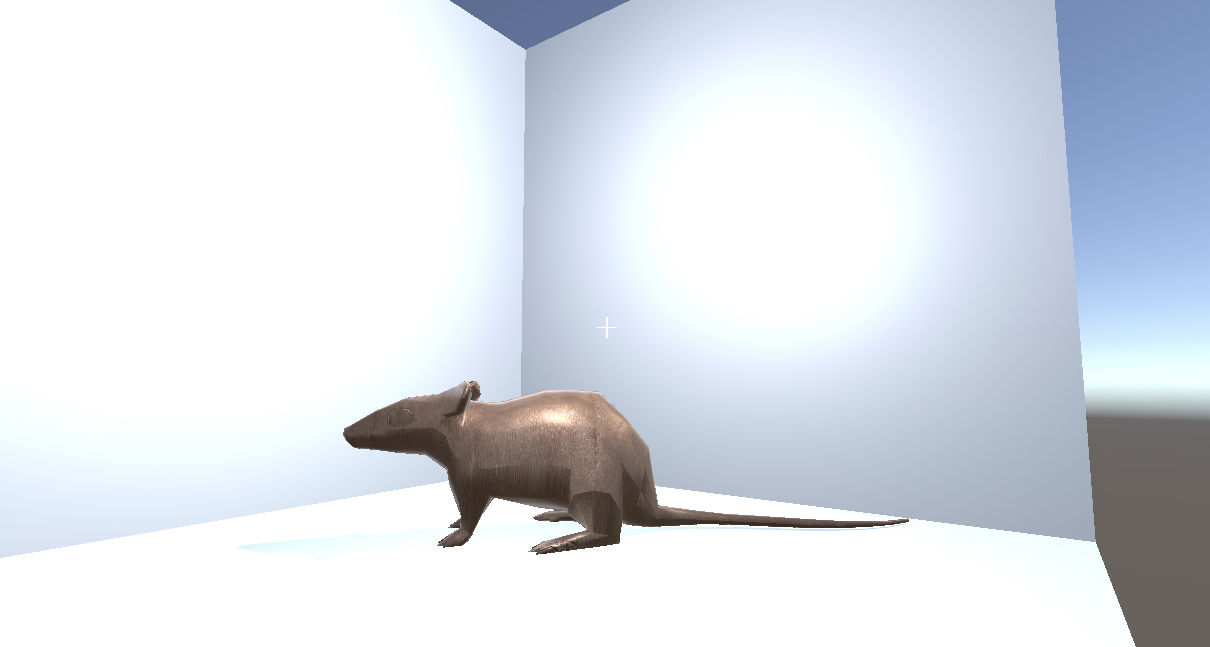Let’s learn Unity. Here’s a one-hour overview by prof. Paolo Pedercini — the material he wants you to know if you want to take his advanced game design courses here at CMU:
Installation
- Create an account at Unity.com (either Student or Personal are fine; both are free).
- Download and install UnityHub, which is an “installation manager” for Unity. Sign in with the account you just made. Unity Hub keeps track of all your projects and different versions of the Unity Editor.
- It’s important to install the correct version. In Unity Hub, go to the Installs tab, and select “Add”. Install the “Long Term Support” (LTS = stable) version of the Unity 2020.3 Editor, which (as of today) is version 2020.3.32f1.
- Now we select which “Modules” to add, in order to allow Unity to build for different platforms. Right-click on the little gear on the right side of your 2020.3.32f1 install and choose “Add Modules”. I recommend you add WebGL and the operating system of your laptop. Note, it’s also possible to add these modules later if you want.
- It’s time to launch Unity and make sure it’s installed properly. Go to the Projects tab in Unity Hub (top left) and make a new project by clicking on the New Project button.
- There are template projects to choose from. Under “Core”, select “3D”; This is an empty 3D project that uses Unity’s built-in renderer. Click Create Project.
- You should see the Unity interface. If you do, Congrats!
This is a very helpful 17-minute video:
- Now, let’s start doing the tutorials:
- Get Ready For Unity Essentials (10m)
- Do the Unity Essentials Pathway.
- I recommend “Unity 3D 2021 Essential Training” tutorial by Emmanuel Henri.
Some Unity Units
- Installation and Setup
- Navigating the Interface; Using the Camera
- Importing Models & Editing their Properties
- Unity Post-Processing (also see Adding filters, e.g. fog, shaders)
- Unity Audio (spatial audio, footsteps)
- Publishing WebGL projects to Itch.io
- The Unity Recorder & 2020 Update / Another
Key Resources
CMU has free access for all students to the tutorials at “LinkedIn Learning” (formerly Lynda.com).
- Visit https://www.cmu.edu/computing/services/it-professional/training/ and use your CMU credentials to get access to the tutorial portals through the “LOG IN” button.

- In the search bar, type “Unity” and locate the “Unity 3D 2021 Essential Training” tutorial by Emmanuel Henri, or (having logged in) click https://www.linkedin.com/learning/unity-3d-2021-essential-training/visualize-a-house-project-with-unity-2021. I strongly recommend you work through this 4.5-hour tutorial. (Yes, this tutorial is for version 2021; you might need to install that version of Unity as well.)

Unity Challenges
Challenge #1: A Still Life / Virtual Collage

(From “Shiv Integer,” a Thingiverse bot by Matthew Plummer-Fernández and Julien Deswaef.)
Browse the links below, which are repositories of 3D models. Select at least three different models from these (or other) sources; import them into Unity; and assemble a virtual 3D sculpture by collaging them together in a way that pleases you. You may texture/illuminate your sculpture as you see fit (you are not being asked to reproduce the appearance of the image above!). This is intended above all as a technical exercise, but interesting juxtapositions and harmonies of form and content are always welcome.
Some Free 3D Models & Textures:
- http://www.davidoreilly.com/library
- https://www.turbosquid.com/
- https://free3d.com/3d-models/fbx
- https://3dwarehouse.sketchup.com/search/?searchTab=model
- https://sketchfab.com/
- https://opengameart.org/
- https://www.mixamo.com/#/
- https://texturehaven.com/textures/
- https://www.kenney.nl/assets
- https://polyhaven.com/models
Free Skyboxes:
Challenge #2: Walking Simulator
“The term walking simulator began as a bit of a snide remark on games with limited interactive components, which came into the main with Dear Esther which generally was loved by critics and hated by fans. Although this was less than 10 years ago in games, they’ve grown a lot as a medium since then– especially in the public view of what they can “be”. With no shooting, puzzles, or other mechanics, walking sims were a step towards experiences that were subtle, environmental, and about being in spaces over time.” Watch 1:15-2:30:
Chris Davis, The Secret to a Great Walking Simulator (2017):
Ben Esposito released a free Unity package called First Person Drifter, which was an easy to implement first-person controller. He writes:
“a drifting game is a piece of art software in which users walk around for the hell of it. the term drifting game comes from the word “dérive” which is the radical concept of wandering around. i made this package bc i want to encourage artists & non-programmers to make more and 2 provide users w/ controls that behave in ways they expect.”
Here is a simple template project (works with Unity 2020.3 LTS) which could be used to make a walkabout game. It includes a textured model, an environment with colliders, and Esposito’s first-person character toolkit.

